The village where I spent my childhood, the yard, where in summer the voices of children playing were always heard, are now in petrified silence. As we approach our house, the only sound we hear is the sound of a car wheels on the ground.
Although it is summer, there is no activeness I used to see here. “Probably, it is because of current children, they do not like playing outside like we did,” I speak to myself, studying the yard at the same time.
There is a tall tree in our district, from which we always tied a swing in summer. With the children of the district, about 14 of us, we took turns swinging, not taking our eyes off the “dance” of the tree leaves on the clouds, we played “Duck Hunters,” “Seven Stones” and “Hide-and-Seek” till dark.
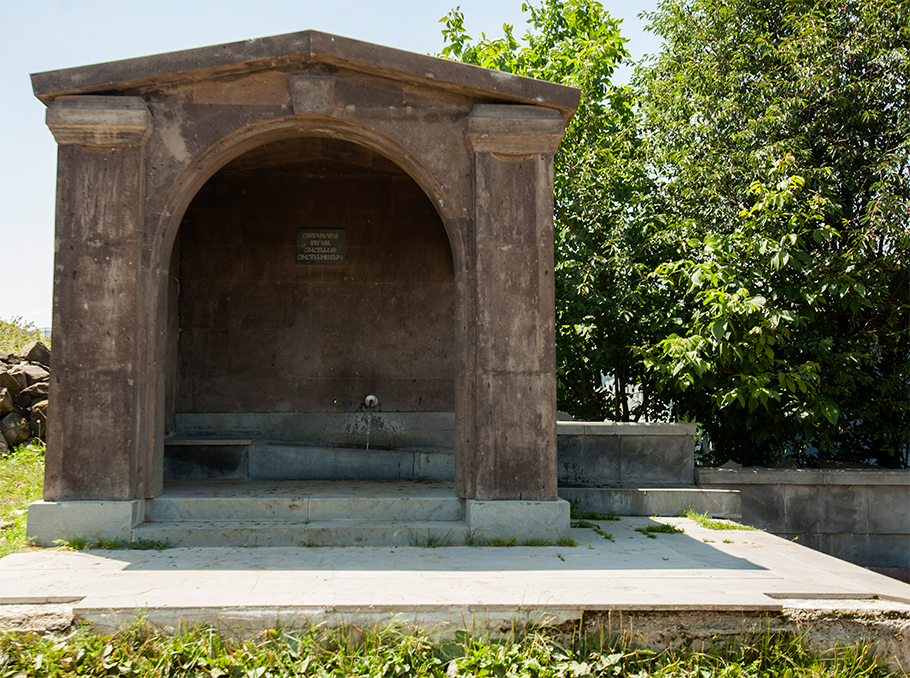
Photo: Mediamax
There was happiness in this district when we were little, now when I am 30 years old and I came back more than 10 years later, there is a sad emptiness.
The same emptiness is in our house, my room is silent, the living room, where we always gathered in the evenings and watched TV together or remembered some stories, is dark, the smell of damp is coming from the walls.
“This is how the villages are emptied, this is how the house is emptied,” I take a piece of watermelon and realize that it does not taste as it did previously either. There are three of us sitting at the table: those who arrived from the capital, my friends drink tan [Armenian yogurt drink] with the yogurt of the village, while I can barely swallow a piece of watermelon.
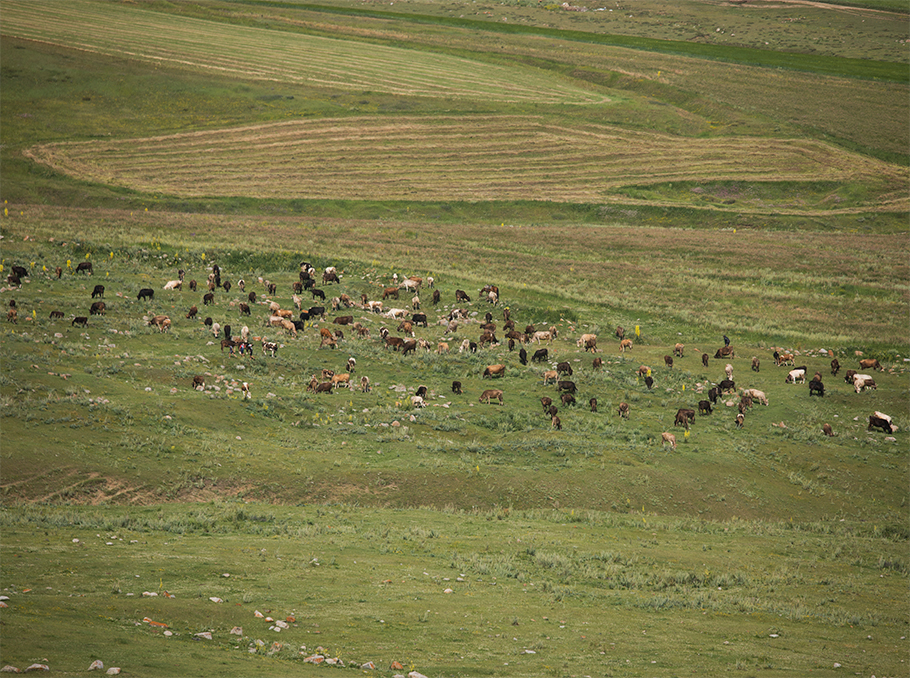
Photo: Mediamax
Emptied village and absence of children
Emil, who is to accompany us to the ancient site of Gegharot and also tell us how he became one of the members of the expedition having excavated it, joins us around the table. Before reaching the ancient site, we first talk like old acquaintances. During the conversation I periodically look at my room, which was built later: we had added two rooms to the wall in front of the house, because our house was too small for a family with four children. Emil helped my grandfather build the rooms. Now from our big family only my aunt lives in that big house of the village. She brings us coffee and returns to the kitchen.
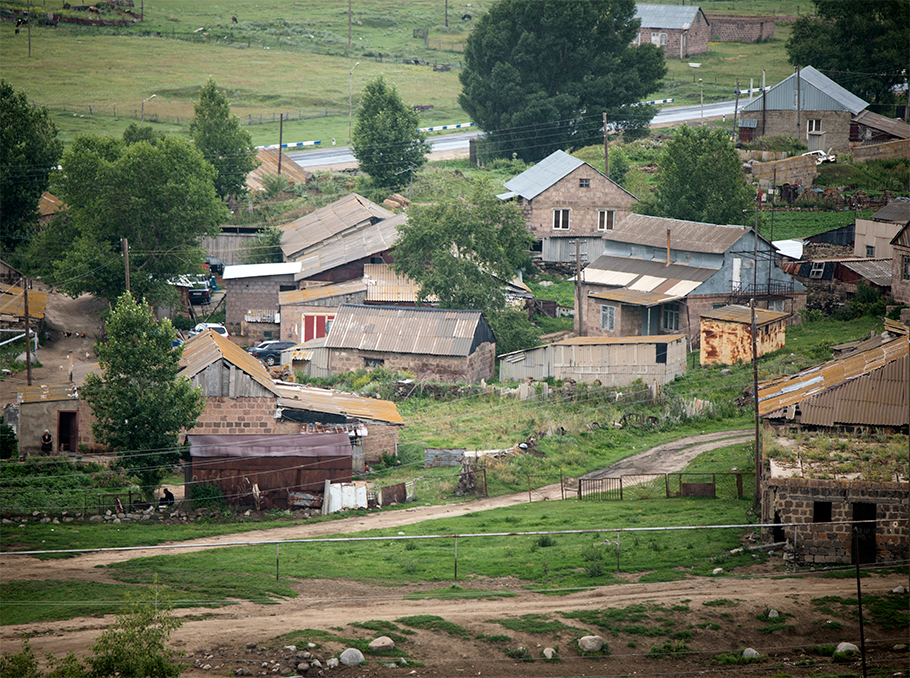
Photo: Mediamax
- What are you doing now, Emil?
- I am in the community office, working as an operator.
- Do you have children?
- Two, I have two naughty ones.
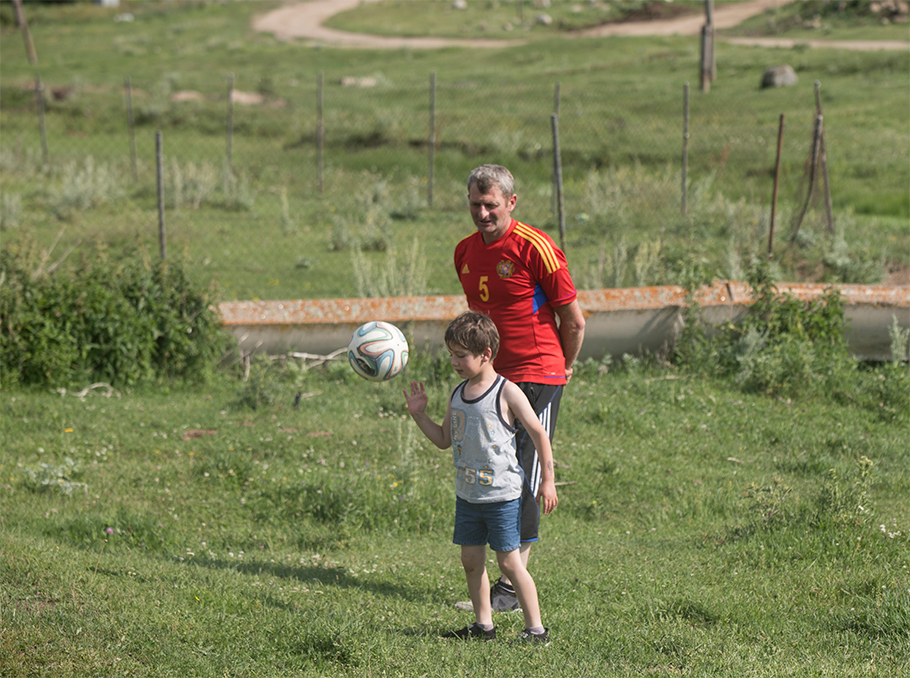 Emil with son
Emil with sonPhoto: Mediamax
- What do the young people do in the village now?
- Now we do not have young people in the village. If, for example, you want to gather 20-25 year old boys to play football, it will not work. There are no such guys. When I was that age, even if eight young people left the village, no one felt that lack, but now if three out of five leave, it is already empty.
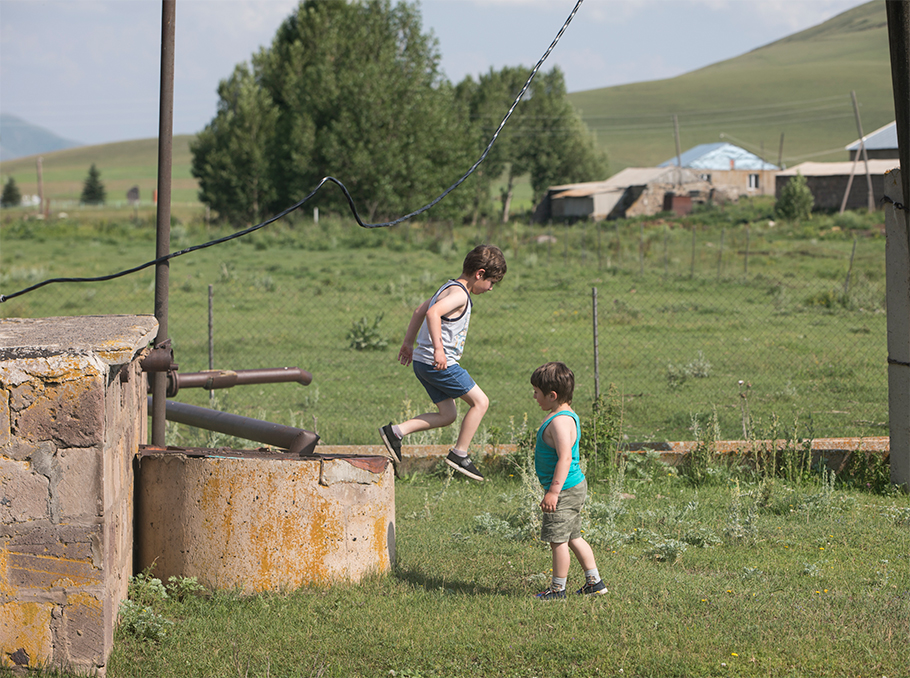
Photo: Mediamax
- I remember you played football, my father played with you. There is no such thing now, is it?
- In the past when your father was playing, after football many went home upset because they were not engaged in the game. Both teams were full, the others were left out. Now you have to go and bring many people from their homes to have a team of 11 people, it will already be impossible to gather two teams. Of course, there are many positive things as well, even in terms of barley and wheat sowing, but I can not say anything good regarding the birth rate and population growth. Always closed and closing doors... one gets upset.
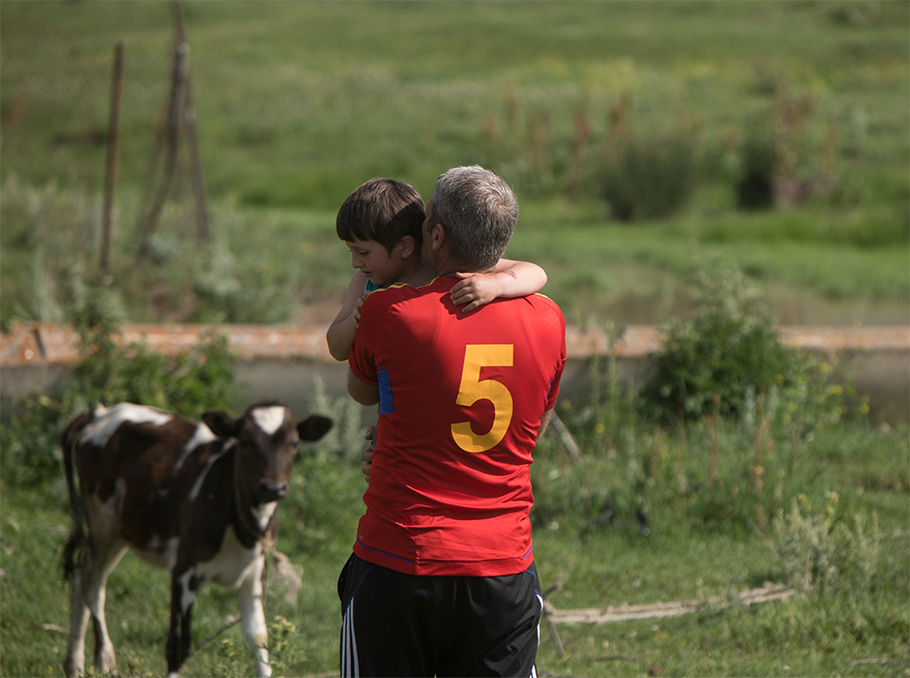
Photo: Mediamax
- The first thing I saw was this emptiness.
- There are districts that are completely empty. You grew up there, played with your childhood friends but now they are gone. In the whole district you can see only one child riding a bicycle. No one can now imagine that life once existed here.
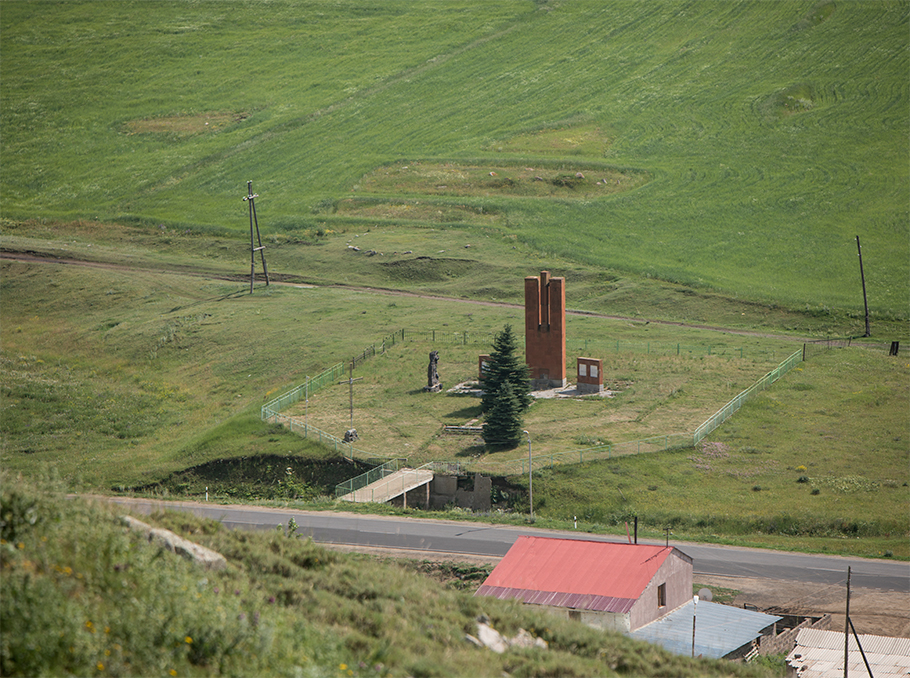
Photo: Mediamax
- I remember we played outside until 10 or 11, sometimes children even came from neighboring yards to join us. The boys were walking up and down the street, the girls were talking or playing under the trees.
- And those boys should have spoiled the girls’ game ... There is no such thing now.
Due to my profession, I am interested, I look at other villages to understand where that life is, what did they do that this life is there? The situation is the same everywhere in our region. Sometimes I take the children to other districts to let them see and learn what it is, but there is no previous active life in any of the districts, because there are no children.
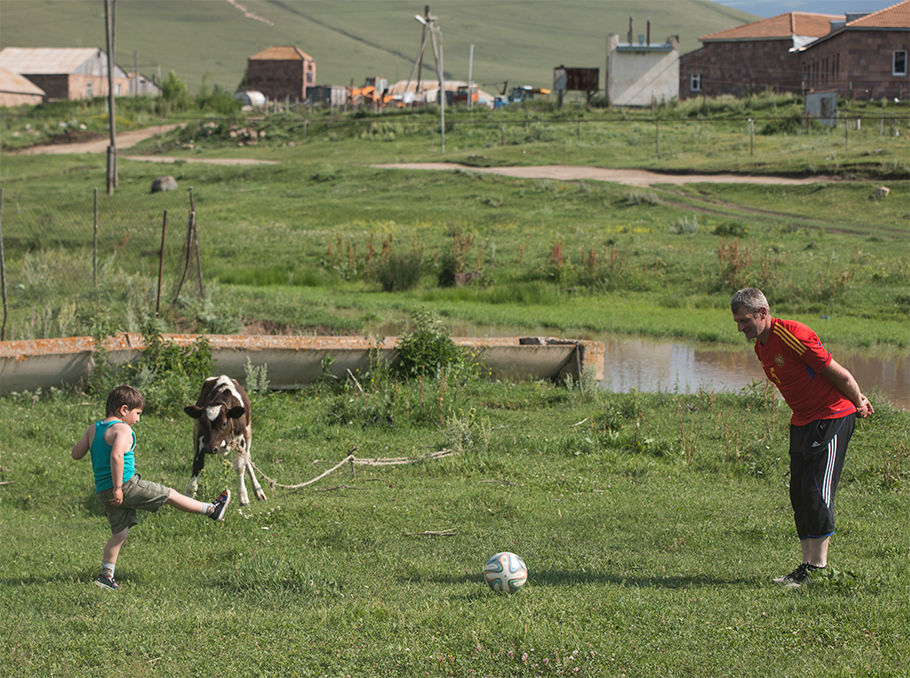
Photo: Mediamax
- Are new births very few?
- The village now has 560 residents on paper. We had nine births in 2017, I thought it started, but in 2018, we had only one birth. When we look at the history of the village, there have been regular fluctuations in the population number, now, perhaps, is the period of decline. For a moment I thought that the village is “dead” in terms of activity, because people have found their job, they work, but in that case, where are the children?
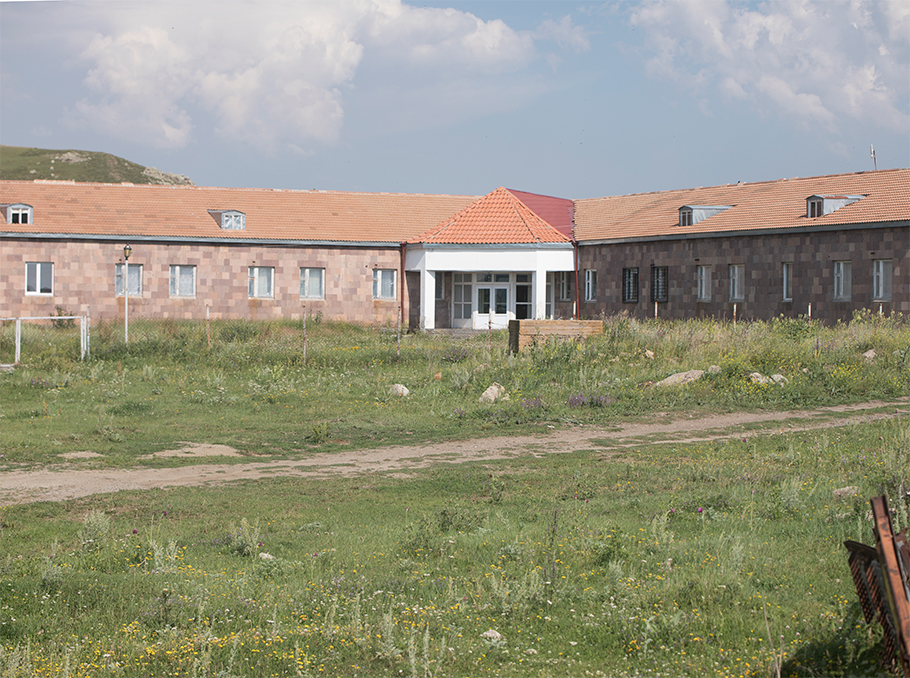 Gegharot school
Gegharot schoolPhoto: Mediamax
- Is it due to lack of jobs?
- I can not say, but in our time the school had 120 students, in your – 130, even 140, now we have only 56 students. If half of those 56 are smart, they will...
- Leave…
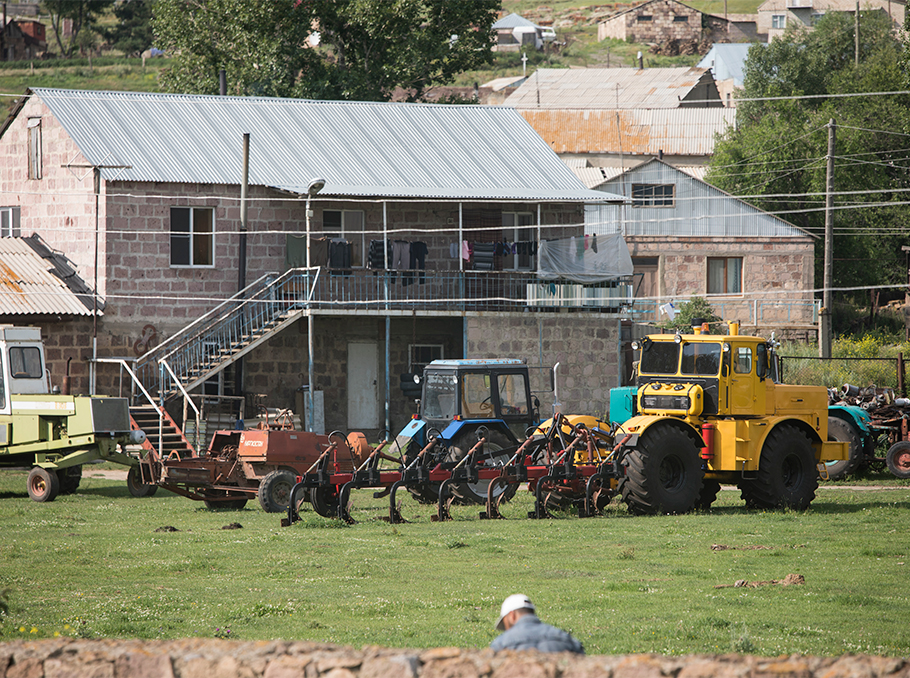
Photo: Mediamax
- On the Vardavar holiday, I saw only 6 children playing “jrotsi” [pouring water on one another], I approached, two of them were not from our village. In our time, those four were the ones who poured the water, and the other 140 hid to “attack” by surprise. Only three of the 11 students in my class stayed in the village. And how many classes so! Naturally, the girls got married and left. If we each have two children, the number is still less. The departure of the people is like removing a stone from the foundation of the house every day, your back weakens, you feel that one day it will collapse.
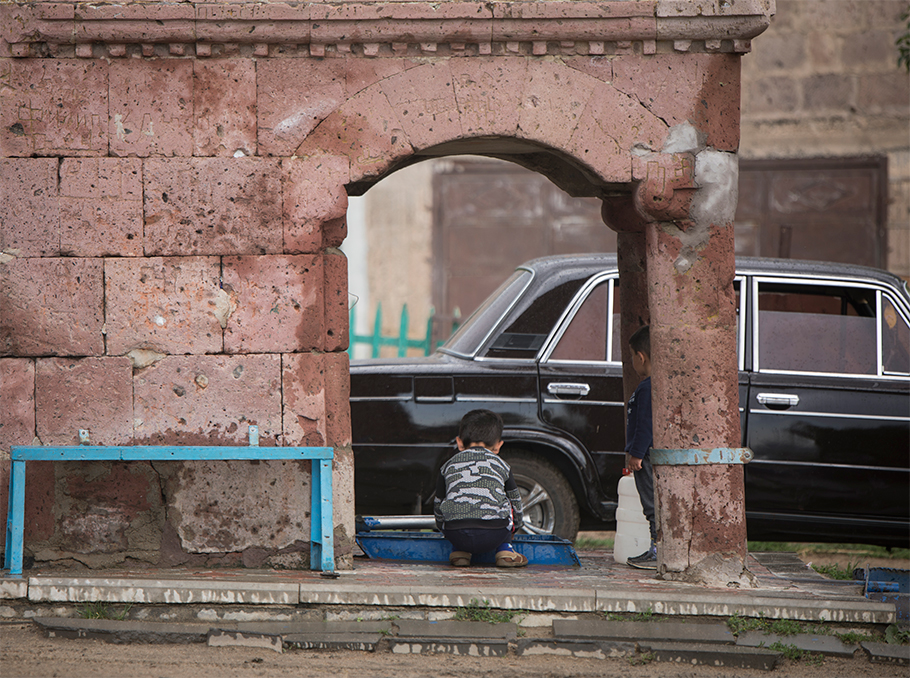
Photo: Mediamax
- There are many dying villages in Armenia. I don’t know what must happen for the situation to change – maybe workshops be built, infrastructure, opportunities for employment be created.
- It is not only about the work, when someone goes out, succeeds, others follow the example.
- So, we need to create examples of success here.
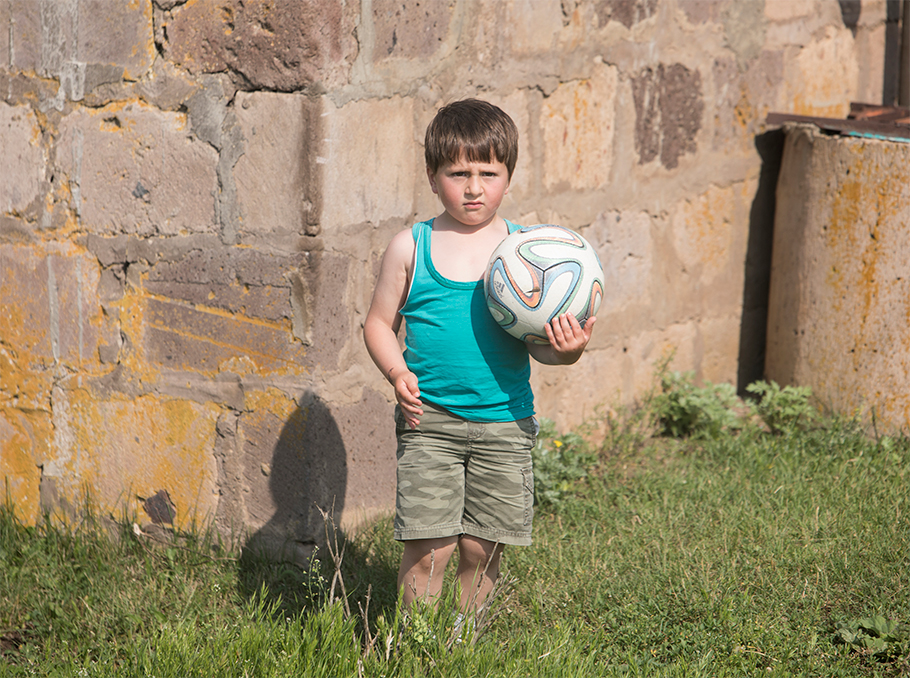
Photo: Mediamax
- Well, if everything goes like in the last one or two years, the situation can change. People started handling their economy and learn. Knowledge is needed for the villager to organize his economy properly and get results, and the interest in that direction grows.
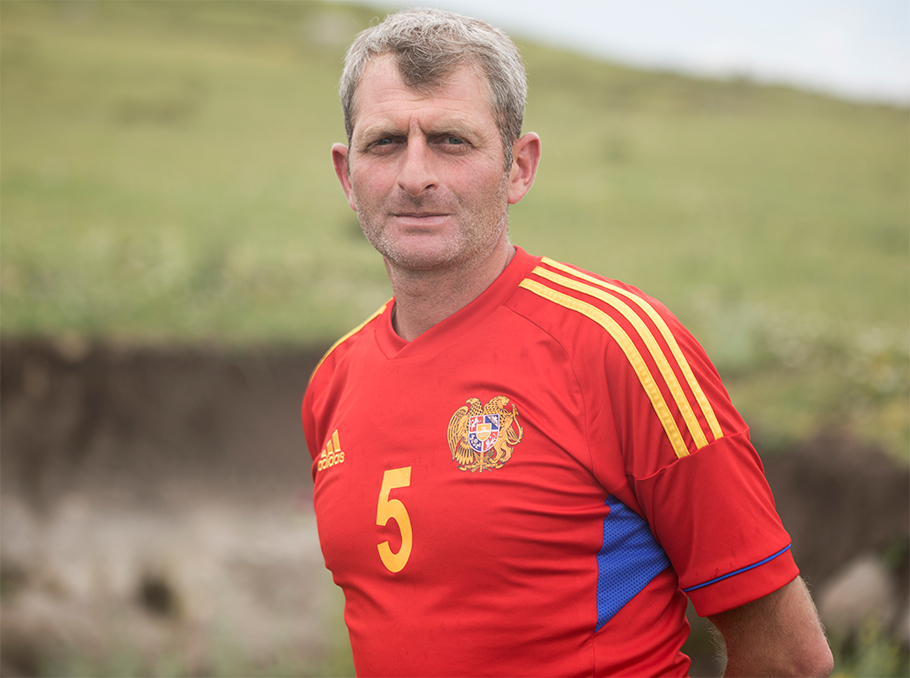 Emil Bayrakhtaryan
Emil BayrakhtaryanPhoto: Mediamax
We decide to continue the conversation at the ancient site, on the way to which we see the same emptiness – we meet only an old man and a child.
The activity brought by the Armenian-American expedition to the village
Near the Gegharot fortress-settlement, the conversation already turns to excavations. The program of the Armenian-American expedition launched in 1998. Besides Gegharot, excavations were also carried out in the Tsaghkahovit field and in the Aparan concavity.
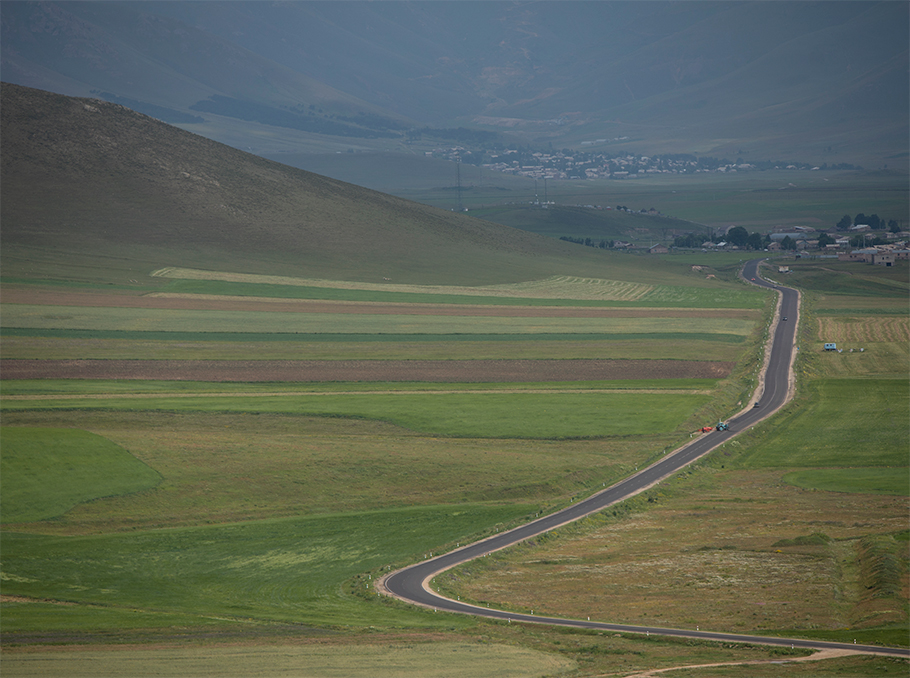
Photo: Mediamax
Excavations at the Gegharot ancient site have begun since 2000-2002. Every year, during the excavation season – the summer months – 20-25 young people from the village participated in archeological works and helped the expedition. The mandatory requirement of the Armenian-American program was that the villagers too should be involved in the work, as it had a social component. This program not only changed the life of the village during the summer months, but also gave young people the opportunity to stay and work in their village, thus closing the way to work abroad for some.
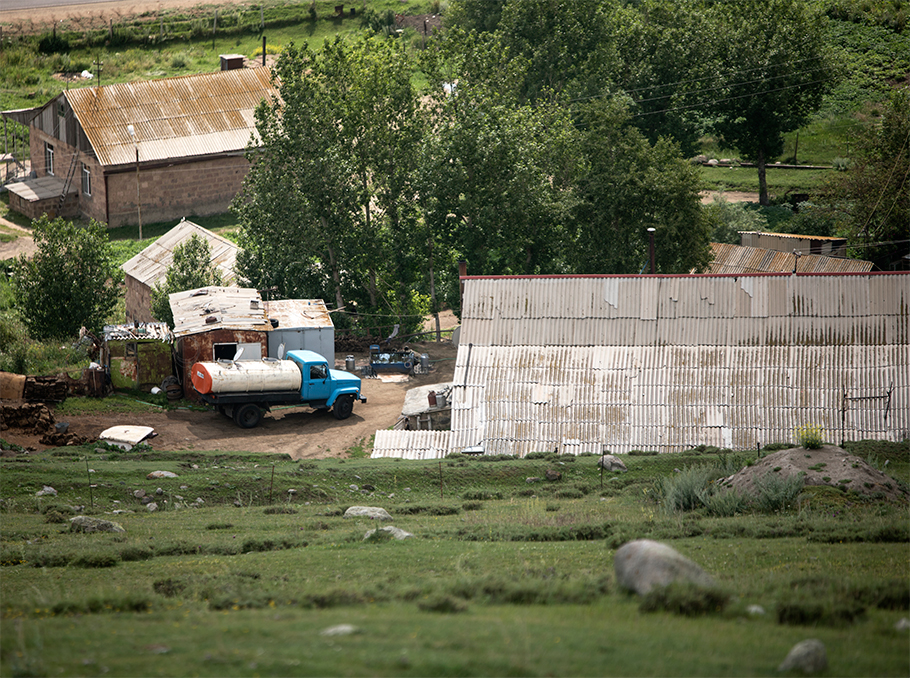
Photo: Mediamax
Emil Bayrakhtaryan joined the expedition in 2004, first due to the interest and then for earning additional money.
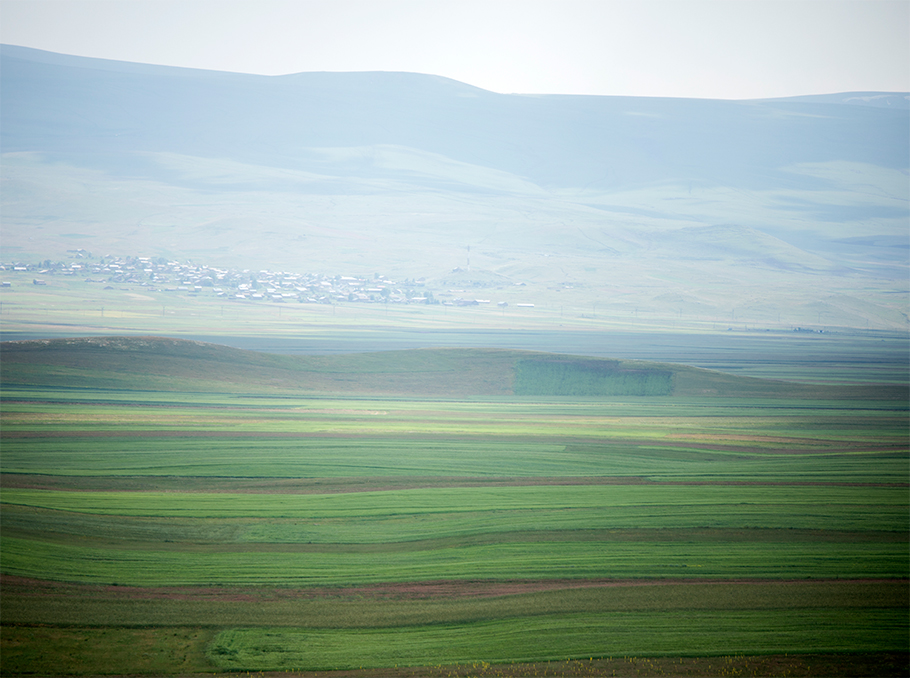
Photo: Mediamax
- Little by little I realized that curiosity can become a hobby and later the favorite work. Your perception of history and humanity changes when you begin finding the first materials. When I touched the first find, I was very scared, I realized that I keep in my hand something having a history of 5000 years. It was like a small salt shaker, harmless to the chilling degree. I found a ring the patterns of which today’s jewelers can hardly get without a computer. After that I remained between an ordinary citizen and an archeologist.
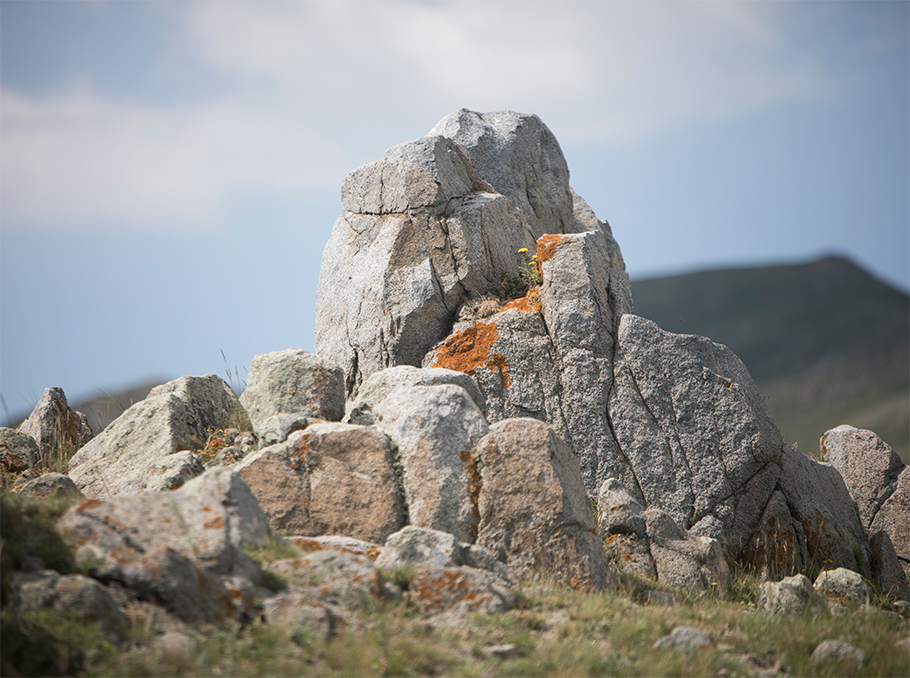 Gegharot ancient site
Gegharot ancient sitePhoto: Mediamax
Emil Bayrakhtaryan says that the entrance of the archeological expedition to Gegharot, the results of the excavations were very inspiring. Of course, some of them referred to all that as simply an additional work, but some realized very well what a responsible job they were doing.
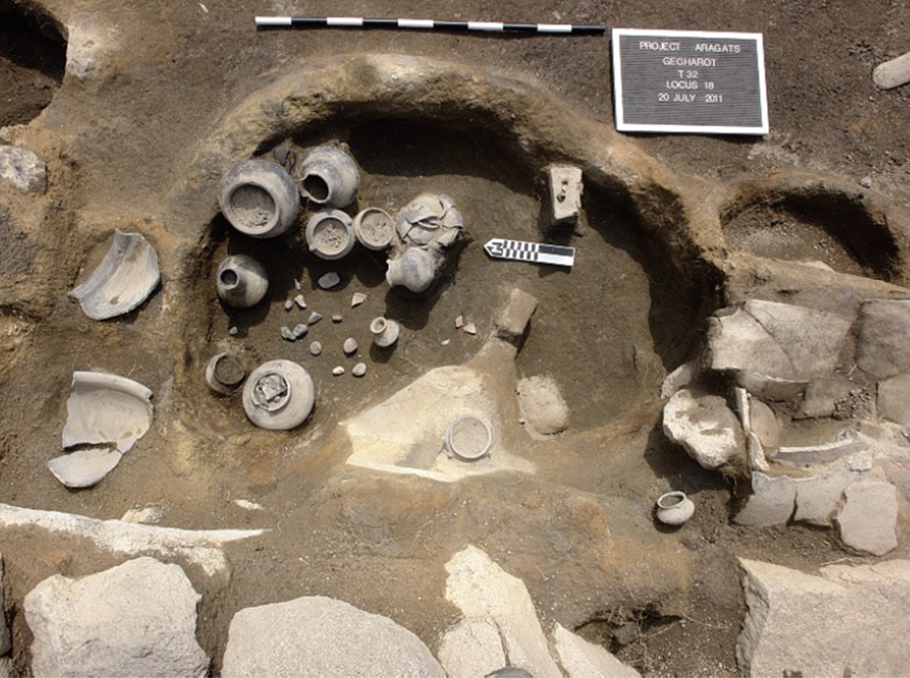 Gegharot ancient site during excavations
Gegharot ancient site during excavationsPhoto: Photo from Ruben Badalyan’s archive
- They found a place of worship with a clay floor and all the necessary utensils. I worked in that place of worship during my first year. I probably would not have fallen so much in love with this work if I had not worked in that area.
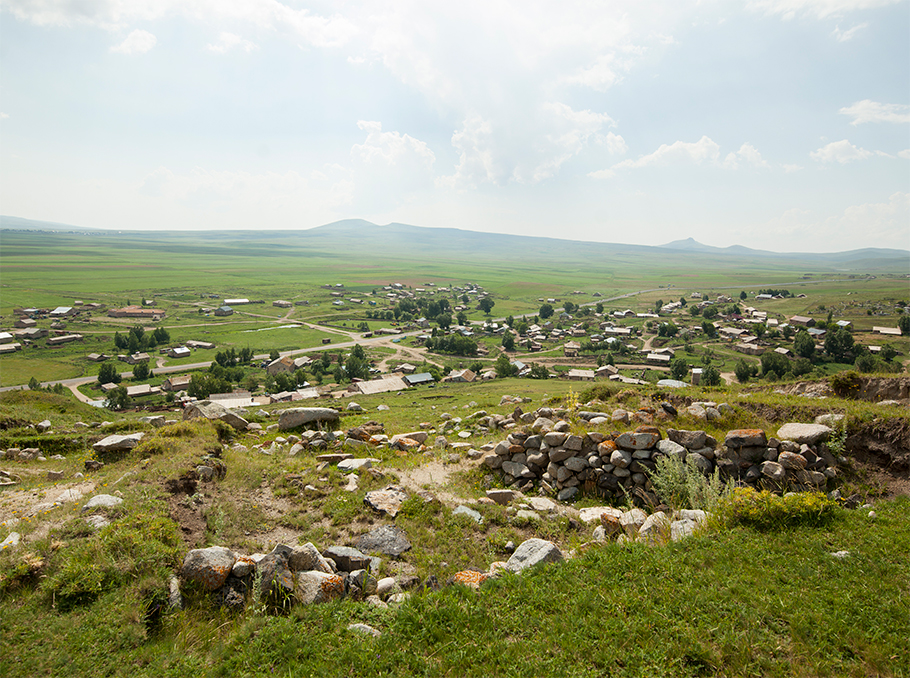 Gegharot ancient site
Gegharot ancient sitePhoto: Mediamax
Gegharot fortress-settlement
In the lower layers of the monument a settlement of the first and second stages of the Early Bronze Age (from the end of the 4th millennium BC to the first half of the 3rd millennium BC) was found. The upper layers refer to the Late Bronze Age (15th to 13th centuries BC). Excavations have opened sanctuaries, residential and economic complexes with unprecedented rich materials, which give an idea of the peculiarities of the development of early state formations in the region.
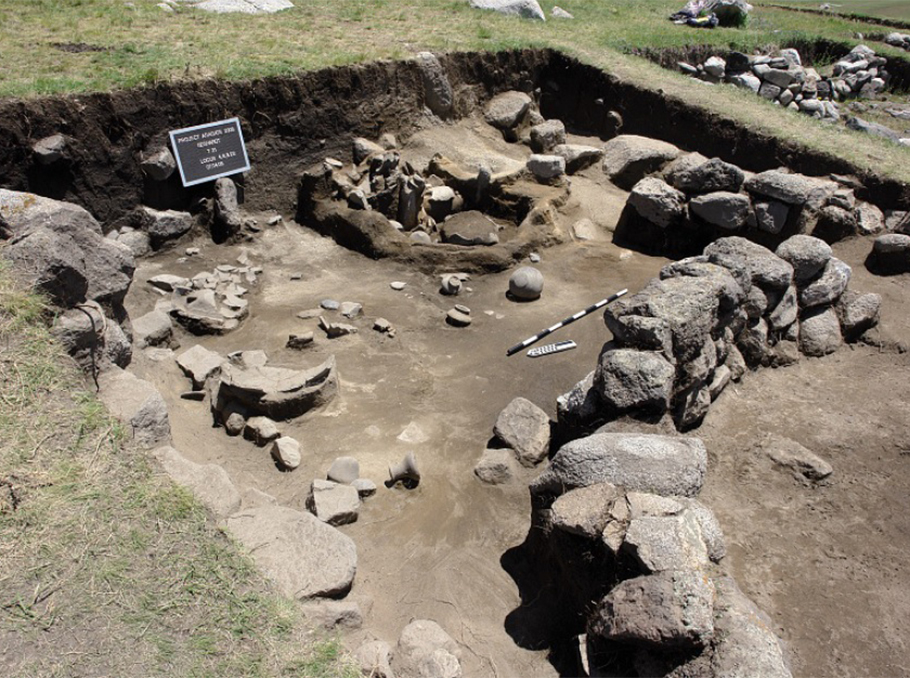 Gegharot ancient site during excavations
Gegharot ancient site during excavationsPhoto: Photo from Ruben Badalyan’s archive
- We have worked in the excavation site for 15 years, and we have excavated only 15%, at best, 20%, - says the head of the archeological expedition, Doctor of Historical Sciences Ruben Badalyan.
 Gegharot ancient site during excavations
Gegharot ancient site during excavationsPhoto: Photo from Ruben Badalyan’s archive
Gegharot was included in the program because there were Late Bronze and 1st millennium B.C. layers here. The excavations revealed much more than archaeologists had expected.
 Gegharot ancient site
Gegharot ancient sitePhoto: Mediamax
- Gegharot is a very interesting monument in several respects: life there passed very long in the Early Bronze Age, that is, the Early Bronze Age layer of Gegharot covers the entire history of the Kur-Araks culture. These layers are separated, it is seen very clearly that life here was interrupted periodically, and in the Late Bronze Age dramatic stories are already being unveiled. Twice the monument was almost completely burnt, and since we have that layer of fire in the neighboring Tsaghkahovit ancient site as well, that is, both monuments were burnt almost at the same time, it suggests that it was not an accidental domestic fire, but a political, military case. We also see that the population restored life very quickly.
 Gegharot ancient site during excavations
Gegharot ancient site during excavationsPhoto: Photo from Ruben Badalyan’s archive
The layer of the Early Bronze Age settlement is remarkable as after the fire most of the buildings had completely preserved their interior decoration, the household items found by archaeologists were in the position they were in at that time. These finds are called “In situ,” from Latin means in place, that is, they were in place, did not move.
 Gegharot Mausoleum
Gegharot MausoleumPhoto: Mediamax
The tombs of elite and life in these sites thousands of years ago
Gegharot is remarkable with the tombs about 1 km away of the settlement, where archaeologists were lucky enough to find themselves near the tombs of the elite.
 Ruben Badalyan in Gegharot ancient site
Ruben Badalyan in Gegharot ancient sitePhoto: Photo from Ruben Badalyan’s archive
- The modern village has completely destroyed the Late Bronze Age mausoleum, but judging from what we know, those were the burials of ordinary communities. About two dozen large tombs have been preserved in our excavated area, which apparently belong to the most prominent individuals of the society. A lot of rich materials were found, including a variety of weapons, parts of a horse-drawn carriage, of course there were some in Armenia, it is not a unique find, but we were very happy.
 Gegharot ancient site
Gegharot ancient site Photo: Mediamax
The material obtained after the excavations is fully studied, this applies even to coal, because with their fragments it is possible to determine what type of greenery was growing in the Tsaghkahovit field at that time.
Bones of thousands of animals have been found and studied. It gives an opportunity to understand the types of cattle breeding of that time.
 Vessel excavated from Gegharot
Vessel excavated from Gegharot Photo: Mediamax
- We found a huge amount of grain, partly on the floors of fragmented structures, partly in vessels or storage wells. All this made it possible to find out that in that monument at an altitude of 2100 m the population was dealing with agriculture, the main grain was barley, the people were breeding large and small cattle, the area was relatively forested and they had quite extensive trade relations, as in Gegharot we came across materials that were not typical of the place, were brought from different parts of Armenia. We are talking mainly about raw materials - metal, obsidian, etc.
 The necklace excavated from Gegharot
The necklace excavated from GegharotPhoto: Mediamax
Gegharot necklace and idea of an open-air museum
One of the most interesting and unique finds that archaeologists have discovered in the Gegharot fortress-settlement is the necklace from the Late Bronze Age. It consists of several hundred bronze, stone and other materials.
 Vessel excavated from Gegharot
Vessel excavated from Gegharot Photo: Mediamax
- We have never had such a finding before. We also found dozens of whole vessels and thousands of debris. There are many samples from the Late Bronze Age layer and tombs of Gegharot exhibited in the history museums of Armenia and Yerevan, - says archeologist Ruben Badalyan.
The archeological expedition wanted to present the Gegharot fortress-settlement as a model of an open air museum, they even prepared a project.
 Panorama of Gegharot village from ancient site area
Panorama of Gegharot village from ancient site areaPhoto: Mediamax
- Of course, it is quite an expensive pleasure, we are not the implementers, the state is to deal with it. Bringing the monument to life in this way would first save the monument from destruction. The Gegharot monument is located on one of the main roads, there is no need for additional road construction in that part. Turning the ancient site into a museum will allow preserving that ancient history and introducing it to tourists, bringing additional activity and giving life to the village.
Marie Tarian
Photos by Emin Aristakesyan and from Ruben Badalyan’s archive
The current article was produced with UNFPA support. The views expressed in this article are solely of the authors and do not necessarily represent those of UNFPA.
#demogaphicresilience





































Comments
Dear visitors, You can place your opinion on the material using your Facebook account. Please, be polite and follow our simple rules: you are not allowed to make off - topic comments, place advertisements, use abusive and filthy language. The editorial staff reserves the right to moderate and delete comments in case of breach of the rules.